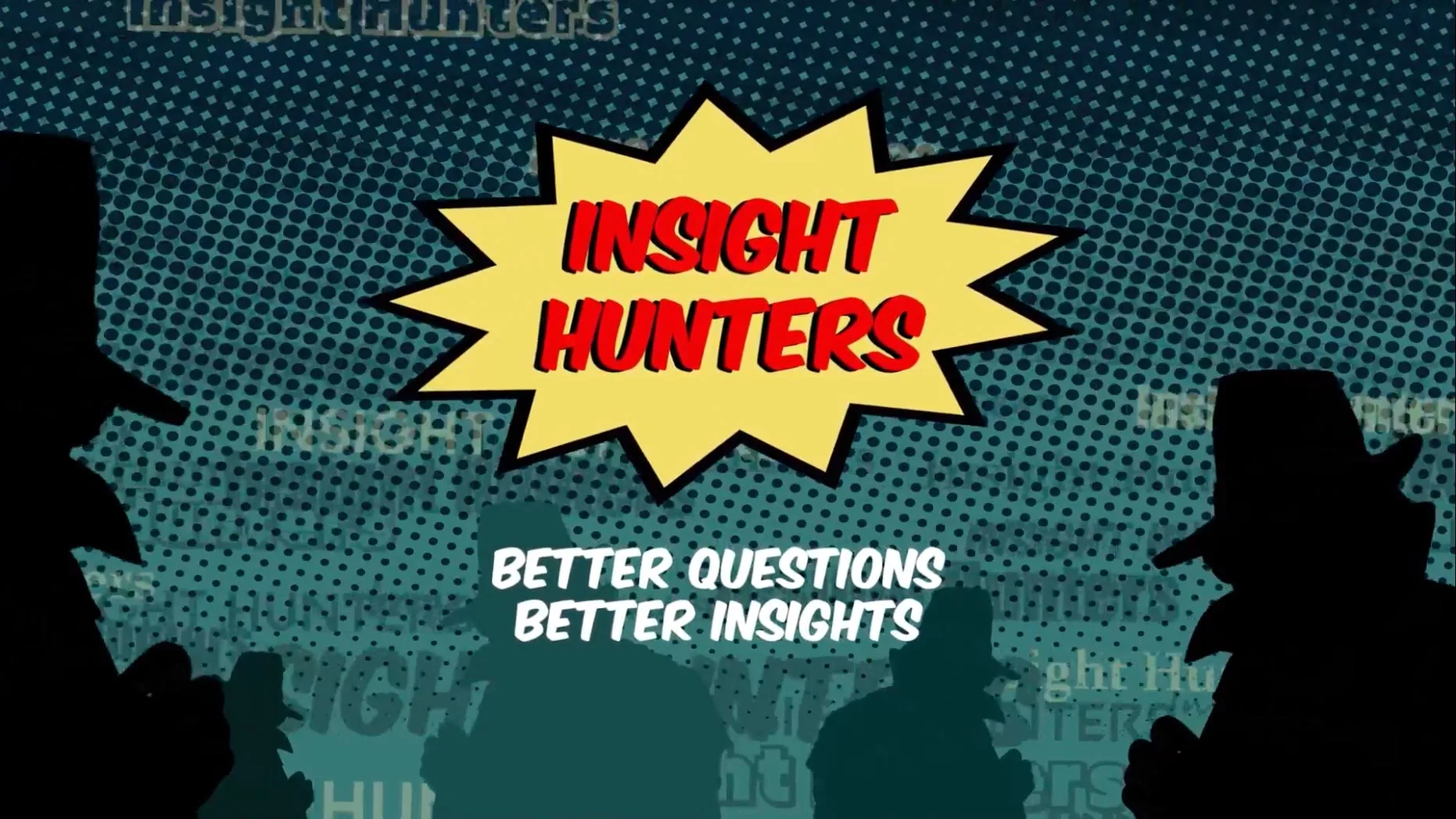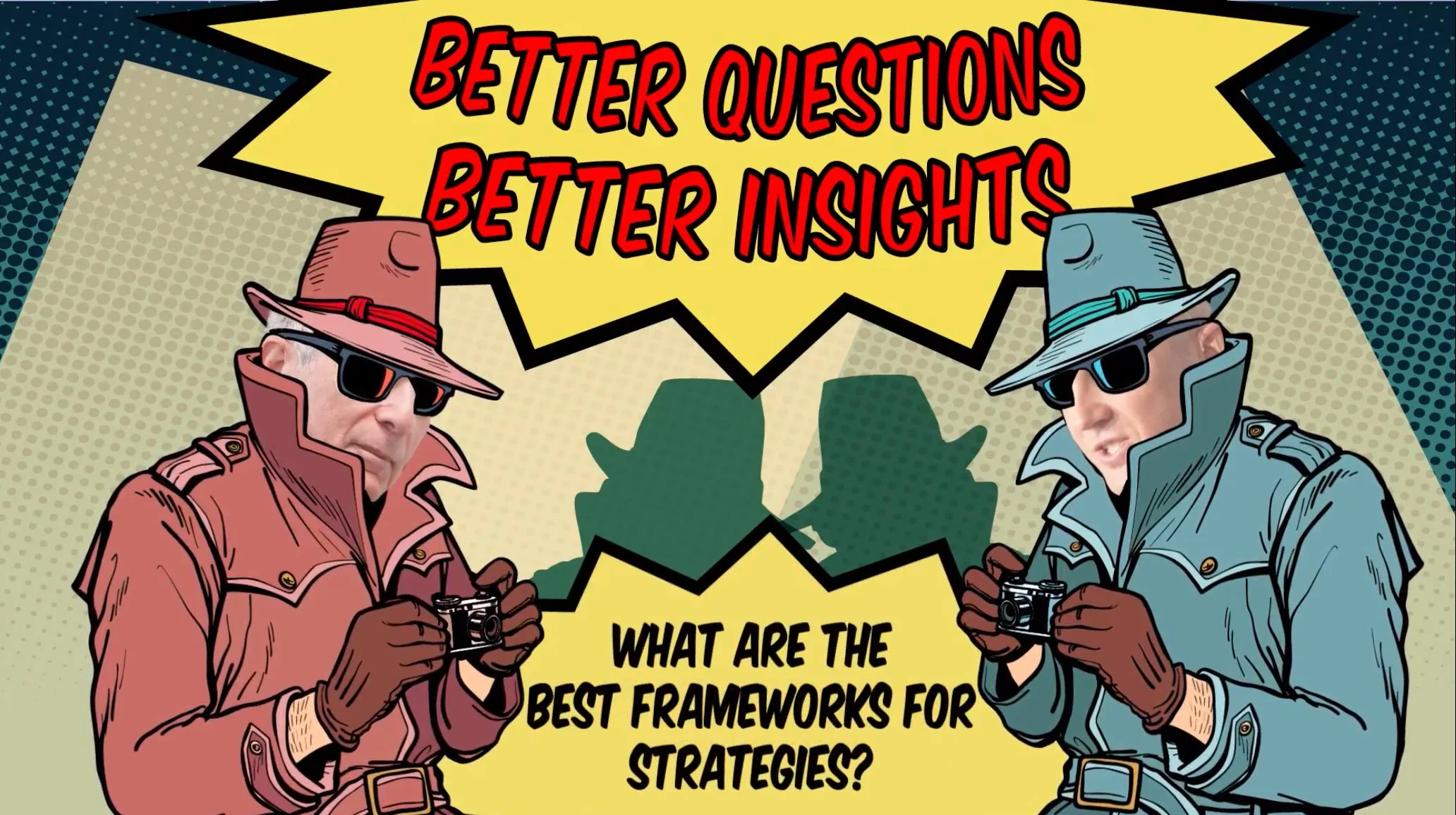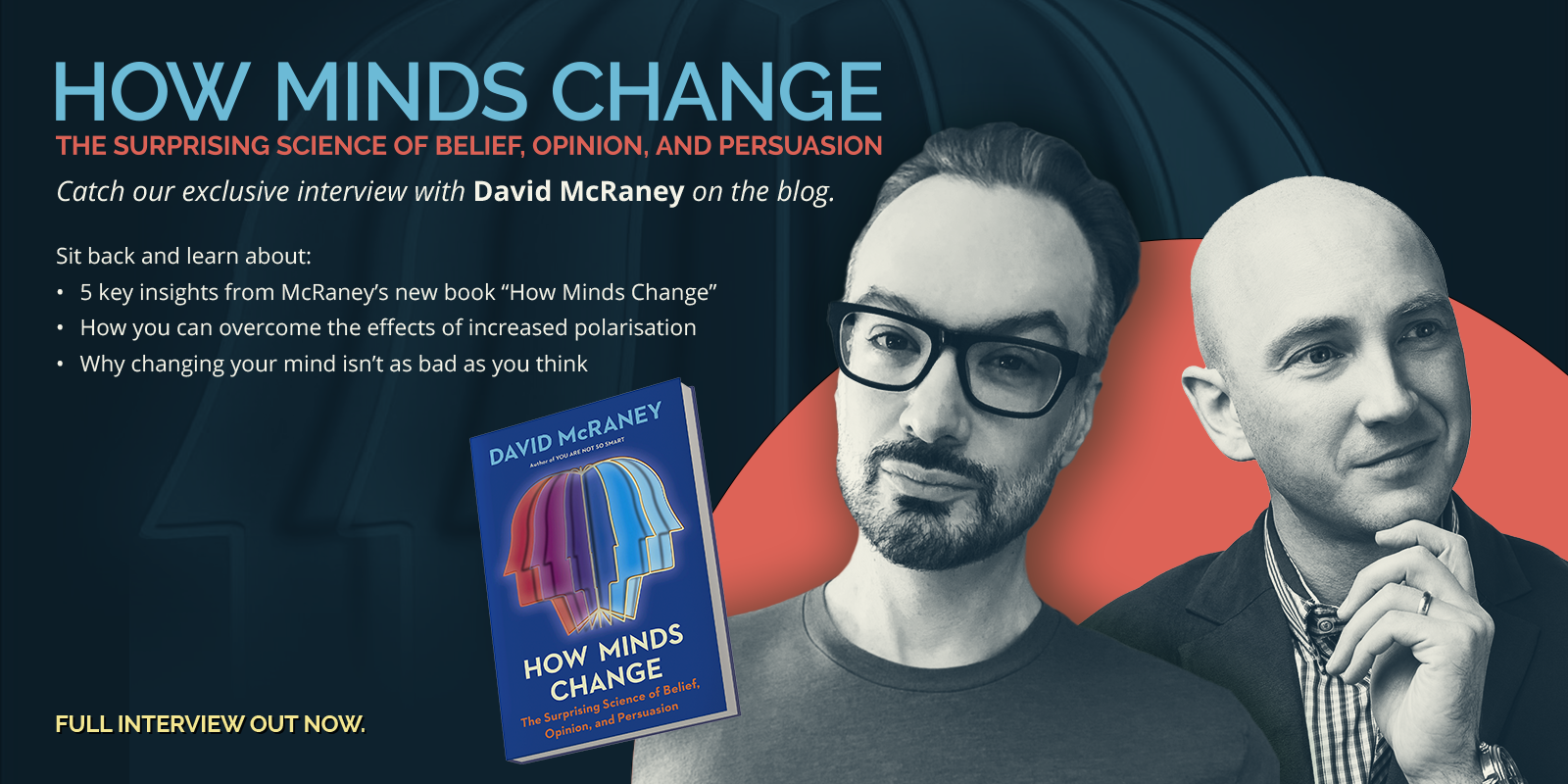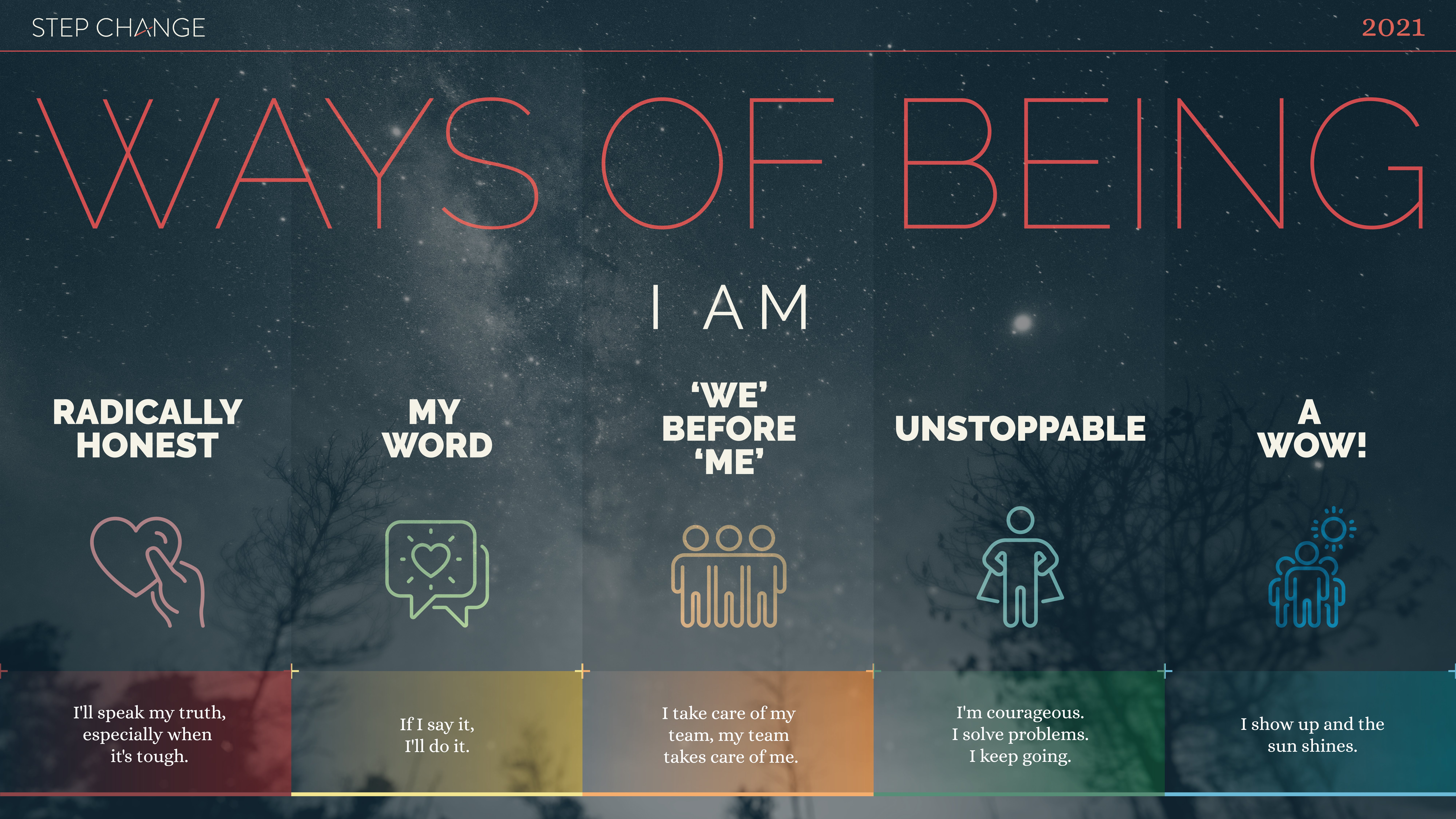With over 90% of a prospect’s buying decisions influenced by their subconscious mind, many leading companies are targeting the subconscious in their marketing campaigns. But how does this work, and does it really make a difference?
Insight: To captivate your target audience, understanding the subconscious mind and the triggers that influence it is crucial to creating marketing campaigns that can influence their purchasing decisions.
Data: The subconscious drives 95% of our purchasing decisions. (CMO)
Key Action Point: Understand what triggers influence your customers’ buying decisions, and use subconscious marketing to drive better results.
According to neuroscientists, we make decisions in our subconscious mind far before we’re even aware of them. When our subconscious spots the right opportunity to fulfil a goal, it creates a strong emotion.
So how does this impact brands?
Think of it this way: if your brand’s message appeals to your customer’s subconscious need and elicits the right emotion, it can influence their behaviour. You can learn more about System 1 (subconscious) and System 2 (conscious) thinking here.
Tailor your marketing efforts to draw on your audience’s subconscious needs. This entices a strong emotion, which triggers a decision to fulfil a specific goal.
In fact, catering to the brain’s reward centre can predict better sales compared to just liking the products that we buy. This explains why many brands that want to increase conversion turn to subconscious marketing.
Target the Subconscious Mind’s Values & Motivators
To tailor your marketing strategy to attract the subconscious mind of your customers, you need to communicate your brand message in a way that meets their psychological needs and activates their reward centre.
Every time you trigger a strong emotional response from your customers, it influences them to make a quick decision.
Below is a diagram of what these subconscious values and emotional triggers are.
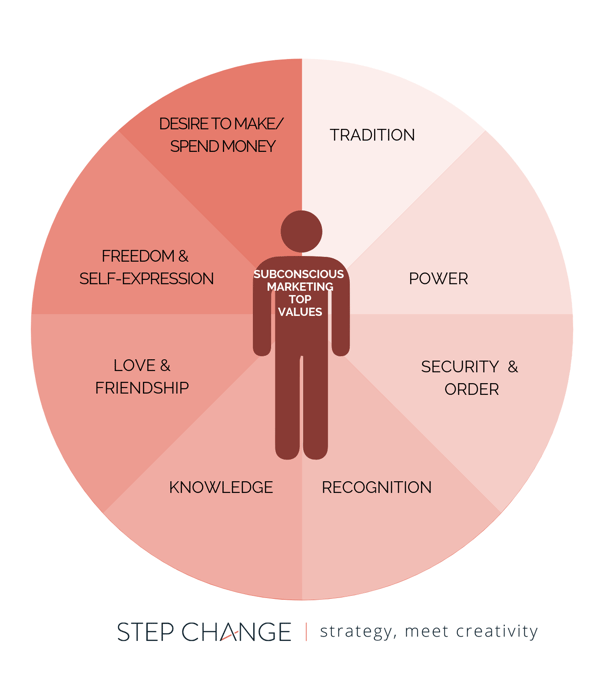
These core values are at the root of our perception and greatly influence how we think or do.
Find the Right Emotional Need
For example, Nike’s “Just Do It” campaign has been widely successful around the world, and many may not realise how subconscious marketing has worked for them. The “Just Do It” tagline speaks a little more to every person’s need for freedom and self-expression, personal power, and the need to achieve something.
Other successful taglines that use subconscious marketing are —
- Apple’s “Think Different” campaign that triggers a need for individuality and uniqueness
- L’Oreal’s “Because you’re worth it” campaign which targets recognition, self-worth, and appreciation
- Coca-Cola’s “Open Happiness” slogan that triggers everyone’s emotional need to just be happy
Finding a catchy tagline that triggers a need and using marketing to repeat it works because it helps it register to your target audience’s subconscious mind. When your customers see themselves freer, happier, and more appreciated, their subconscious drives them to buy.
Once you understand how to communicate your message to appeal to these triggers, you can then make use of the following subconscious marketing strategies to further seal the deal.
Use the Right Colours
Many may still not fully realise that colour influences buying decisions, but it does. In fact, colour increases how brands are recognised by as much as 80%, and 85% of consumers make purchases solely from colour alone.
Think of a customer who walks into a store after seeing a dress on display with their favourite colour on. This cuts down the purchasing decision dramatically. When combined with the right price and product design, you can say the customer has subconsciously made the buying decision.
Notice how some of the best food brands and business use red in all their collaterals. Red is an intense colour and can stimulate strong emotions. It evokes confidence and passion. It is known to increase appetite. It also creates a sense of urgency, hence its consistent use in discounted and clearance sales.
Blue is associated with intelligence, stability, duty, and trust. Integrating this colour into your branding can help position your brand as reliable and trustworthy. Think of social media giants Facebook and Twitter or healthcare institutions like the World Health Organization.
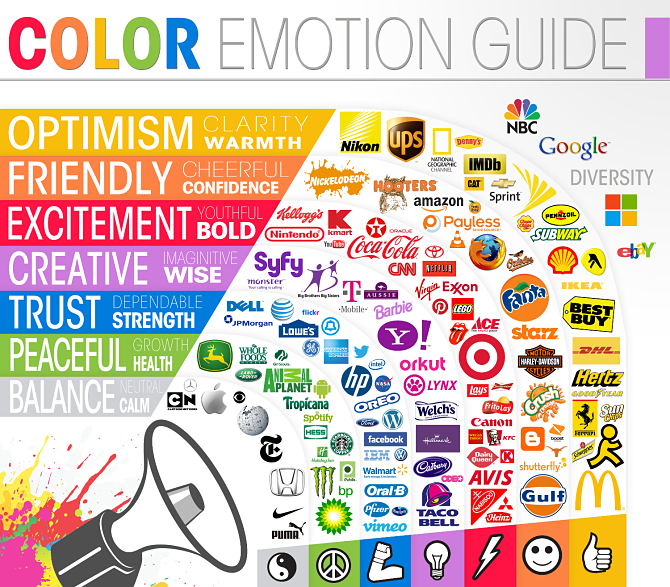 Source: Colorpsychology.org
Source: Colorpsychology.org
Use Brand Trustmarks
Bank on a consumer’s subconscious need to be able to trust and rely on a brand. Making use of trust marks in your marketing goes a long way — it drives more leads, reduces cart abandonment, and improves conversion.
This works the same way with featuring testimonials and satisfied customer reviews on your website. Not only do they reassure first-time customers, they also satisfy everyone’s subconscious need for security and reliability.
Use Persuasive Pricing
Price is also another effective trigger for the subconscious mind. In fact, did you know that prospects don’t reject sales proposals because of the price? They say no because of how the price was framed or presented.
There are a couple of psychological pricing techniques that you can test to drive sales and engagement. Here are some of them:
- Reframing the price. This is a great way to change the perceived value of your product, making your price sound reasonable. You can do this by highlighting the benefits and implications, rather than the features.
- Rule of 9. According to Thomas and Morwitz, “Nine-ending prices will be perceived to be smaller than a price one cent higher if the left-most digit changes to a lower level (e.g., $3.00 to $2.99), but not if the left-most digit remains unchanged (e.g., $3.60 to $3.59).”
- Price anchoring. Our brains tend to rely on the first piece of information we see (the “anchor”) when making decisions. This existing information becomes our baseline for new decisions.
- Bundling. This is grouping complementary products together and offering a discount on the unit price. For customers, this reduces the pain of paying. For brands, when done right, it increases the average order value.
- Decoy effect. We tend to have a change in preference between two options when presented with a third option, a decoy, that is asymmetrically dominated.
Tying It Together
There’s a reason many of today’s leading brands are winning using subconscious marketing. The reality is that customers’ needs change over time. You have to be able to adapt and find the right trigger that captures all these important moments to make any difference with your customer. By marketing to their subconscious mind, you have the best chance of standing out amongst everyone else.
If you’re looking for a way to drive better conversion, finding the right emotional hook, using the right visuals, we can help get you started with subconscious marketing. Contact us today.








